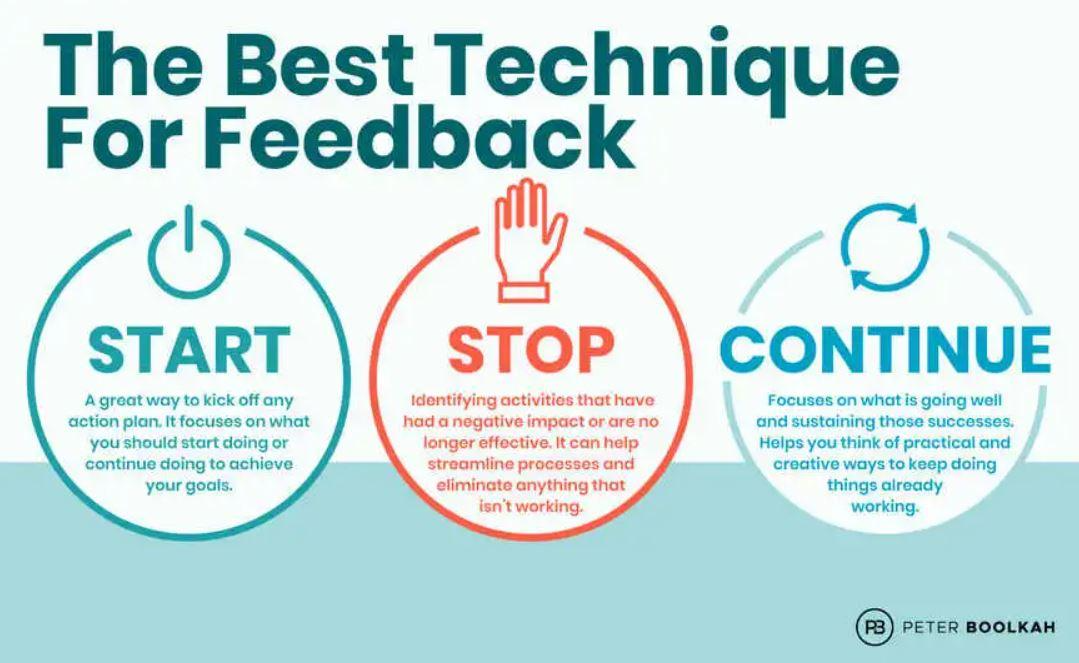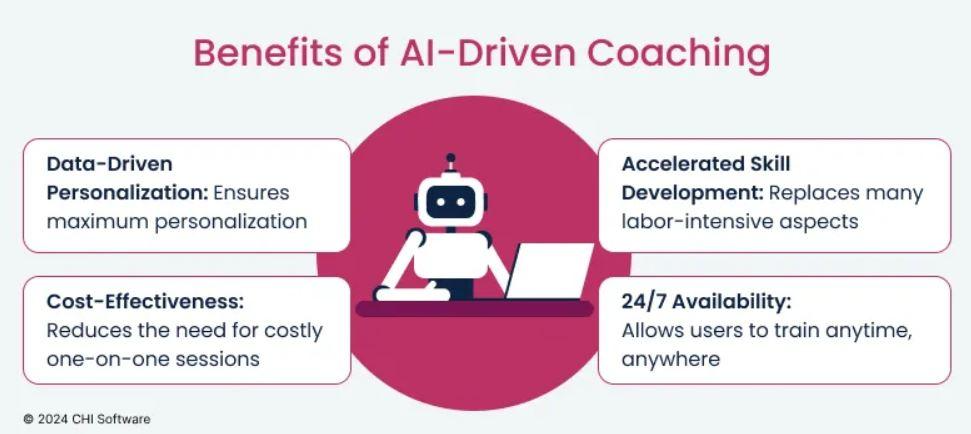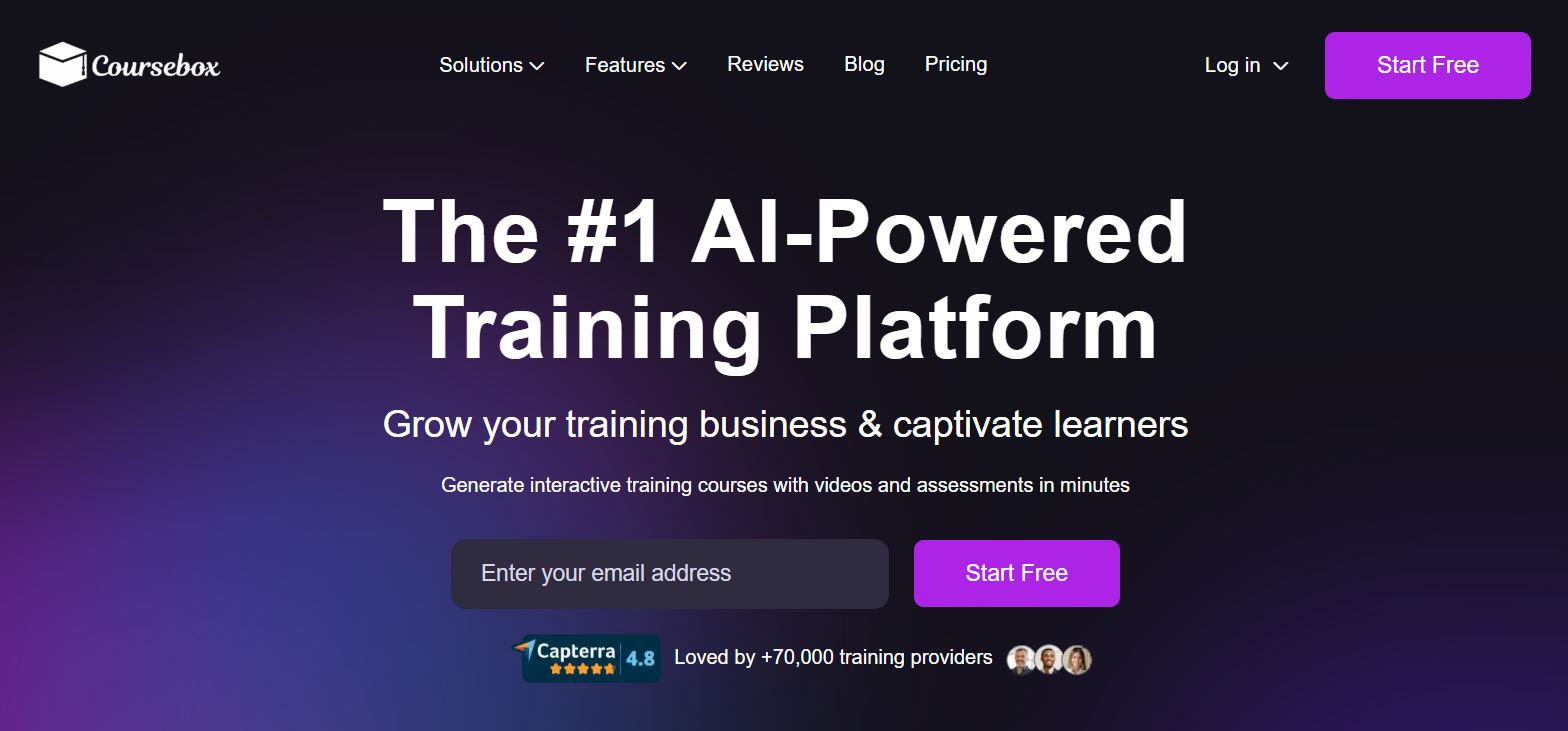1-on-1 Coaching: Proven Ways to Boost Performance
Boost performance with 1-on-1 coaching. This guide details the best strategies along with essential methods to measure real ROI and impact.
Boost performance with 1-on-1 coaching. This guide details the best strategies along with essential methods to measure real ROI and impact.

One-on-one coaching isn’t just a buzzword; it’s a proven driver of workplace performance.
In fact, 77% of respondents at a Fortune 500 company reported that coaching had a significant impact on at least one of nine key business metrics.
So why aren’t more companies seeing the same results?
The issue often lies in how coaching is implemented. Many organizations treat it like traditional training or rely on outdated methods, thereby missing out on its full potential. To truly unlock growth, coaching must be personalized, goal-oriented, and tightly integrated into your overall talent development strategy.
In this guide, we’ll break down the most effective 1-on-1 coaching strategies and show you how to measure their real impact. Let’s get started!
Charles Kettering, the famed inventor of the early 20th century, once said, “If you have always done it that way, it is probably wrong.” This quote deeply reflects the importance of innovation for your organization’s growth. To thrive today, your employees must go beyond driving results. They need to inspire growth, resilience, and creativity within their teams.
As Forbes suggests, digital transformation leadership, emotional intelligence, and strategic foresight are among the most demanded skills by modern enterprises.
This makes 1-on-1 coaching a non-negotiable strategic investment for your company. It is a personalized approach where your employees collaborate with a trained professional coach to identify specific goals, overcome challenges, and achieve their full potential.
This personalized guidance enables individuals to learn from the best and acquire skills to lead effectively and proactively for future success.
Coaching has undoubtedly become the driving force of the modern professional world. Only the business coaching market is projected to grow from $2.48 billion in 2024 to $2.64 billion in 2025. The reason behind this growth is the highly personalized and adaptable support that addresses an individual’s personal and professional needs.
Here are some proven techniques and strategies for your next 1-on-1 Coaching program.

How can one truly achieve success if it hasn’t been clearly defined? Success criteria are inherently individual, which is why setting SMART (Specific, Measurable, Achievable, Relevant, Time-bound) goals is fundamental in 1-on-1 coaching. Research consistently shows that individuals who set specific goals perform better 90% of the time.
Application: Consider a common scenario in sales coaching where a professional aims to “improve sales.” Let’s break it down into a SMART goal:

Personalized learning is one of the top learning and development trends in 2025 that you can’t ignore. A successful 1-on-1 coaching program thrives on creating a personalized learning pathway to meet the unique needs and goals of each individual.
Unlike a generic one-size-fits-all training, personalized coaching establishes relevance and maximizes learners’ engagement.
Here is a breakdown of how to provide personalized support in coaching:

Establishing a culture of two-way feedback is crucial for effective 1-on-1 coaching. Even the most brilliant coaching business ideas fall flat without open communication and trust. Coachees must feel complete psychological safety to share their challenge and receive honest, constructive feedback without any fear of judgment.
Similarly, coaches must also solicit feedback on their approach. This transparency strengthens the partnership and builds stronger trust. You can employ techniques like active listening and empathetic questioning to explore perspectives rather than dictate.
For practical application, structure feedback sessions with models like “Start, Stop, Continue”. This approach encourages identifying what to start doing, what to stop doing, and what to continue doing. It will help you with a clear, actionable framework for both the coach and coachee to support measurable performance improvement.
1-on-1 coaching is primarily an individualized learning format, but the development journey extends far beyond scheduled sessions. A good coach understands that improvement is a continuous process. That’s why offering diverse supplemental resources is essential to help coaches achieve their learning objectives.
Here’s how you can support their growth outside of sessions:
Workplace dynamics are constantly shifting, which demands unparalleled agility in personal and professional development. When traditional coaching sessions prove insufficient, microcoaching and JIT (just-in-time) training provide the immediate and targeted support.
Together, both micro-coaching and JIT help you overcome the complexities of a modern workplace without the need for extensive, pre-scheduled interventions.

A recent McKinsey survey reveals that at least 78% of businesses are already leveraging AI in one way or another. Integrating AI in your coaching model can enhance its scalability, personalization, and performance.
Various AI platforms now facilitate sophisticated blended learning strategies. It allows human coaches to maximize their impact through both in-person and online learning.

Here are the key AI features often integrated into blended coaching platforms:
A key coaching strategy is to promote innovation and encourage a problem-solving mindset. Coaches achieve this not by providing answers, but by acting as catalysts for change. This involves skillfully asking probing questions that challenge assumptions, encourage divergent thinking, and guide coachees to explore uncharted territory.
Application: A coach might guide a team leader to explore several non-traditional approaches to a persistent project bottleneck. It will help them move beyond previously attempted solutions. 1 on 1 coaching helps develop sustainable, “out-of-the-box” solutions and ultimately drive measurable progress through enhanced innovation.

A robust culture of accountability is a crucial component of one-on-one coaching. Coaches not only guide individuals in defining ambitious objectives but also show them how to follow through on their commitments consistently. To incorporate this, establish clear expectations and tracking systems that facilitate open communication and regular feedback.
Let's discuss the necessary methodologies and tools required to accurately quantify the performance improvements driven by one-on-one coaching initiatives.
Studies show that companies that invest in coaching report an average Return on Investment (ROI) of 7 times the initial investment. This impressive return demonstrates the effectiveness of coaching. It transforms individual performance into clear benefits for the entire organization.
Calculating the ROI of coaching can be done using this robust formula:
ROI = (Financial Impact × Confidence Level) ÷ Coaching Cost
Imagine a company invests $50,000 in a 1-on-1 coaching program for its sales leadership team. Over the next year, the company observed a direct financial impact from increased sales and improved team retention, estimated at $400,000. After careful analysis, they determine a confidence level of 80%, meaning they are confident that 80% of this $400,000 impact can be directly attributed to the coaching.
Using the formula:
ROI = ($400,000 × 0.80) ÷ $50,000 ROI = $320,000 ÷ $50,000 ROI = 6.4
This calculation indicates an ROI of 6.4, meaning that for every dollar invested in coaching, the company generated a return of $6.40, which is a significant and measurable gain.

Pre- and post-coaching assessments are also necessary for measuring the impact of coaching. Start by collecting the baseline data. This involves utilizing various tools, such as 360-degree feedback, which gathers insights from multiple perspectives, as well as skill assessments and psychometric evaluations.
After the coaching intervention concludes, re-administer these same assessments. Compare the 'pre' and ‘post’ results to objectively measure the coachee’s growth in specific competencies, desired behaviors, and overall performance.
For a clear picture of coaching’s success, you need to connect its goals directly to the organization’s Key Performance Indicators (KPIs). This involves translating individual development objectives into measurable business outcomes.
For instance, if a coachee’s goal is to improve leadership, track their team's project completion rates, or employee turnover. Connecting coaching efforts to concrete metrics provides you with clear, data-driven evidence of performance improvement and a tangible return on investment.

1-on-1 coaching stands out as a pinnacle of personal development. Shifting from generalized training to deeply tailored guidance is a definitive path to transforming individual capabilities into measurable performance. To truly get the best out of every coaching session, the entire process should be aligned with the learner’s evolving needs and organizational objectives.
If you want to scale truly impactful personalized development across your organization, choose Coursebox. As an AI-powered training solution, it can help you efficiently deliver and scale these programs, streamline content creation and progress tracking for superior results.
The platform, like Coursebox, is an AI-powered training solution. It can help you efficiently deliver and scale these highly personalized programs, streamline content creation and progress tracking for superior results.
No, absolutely not. While it can address specific performance gaps, 1-on-1 coaching is primarily designed to activate potential and accelerate growth. It is highly effective for high-potential leaders and seasoned professionals seeking to refine specific skills.
Traditional training often provides general knowledge to a group. In contrast, 1-on-1 coaching is a highly personalized and collaborative journey. It focuses on an individual’s specific goals, unique challenges, and real-time application of learning. This specific approach leads to deeper behavioral change and measurable, tailored outcomes.
1-on-1 coaching offers highly personalized development that addresses individual needs and goals for maximum impact. It significantly boosts self-awareness, confidence, and specific skill sets, such as leadership and communication.
Platforms like Coursebox, an AI-powered training solution, make it possible. By using AI for content creation, assessments, and chatbot support, these tools help streamline the coaching process. This allows companies to deliver highly personalized coaching programs, reducing costs while ensuring superior results.
